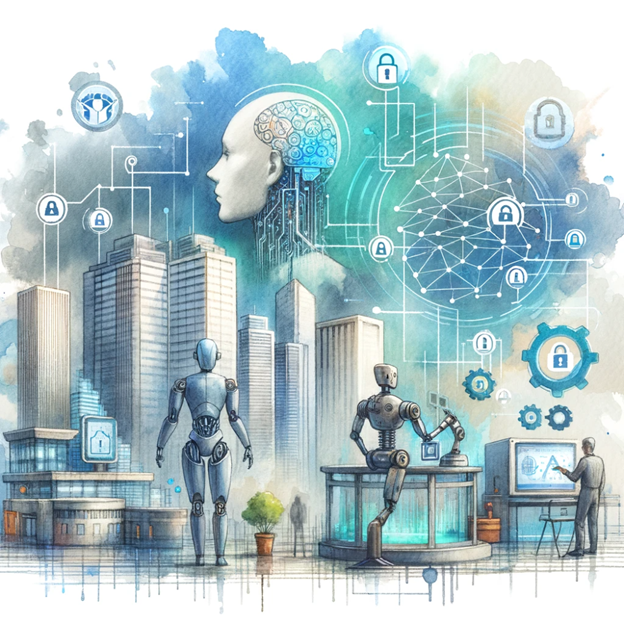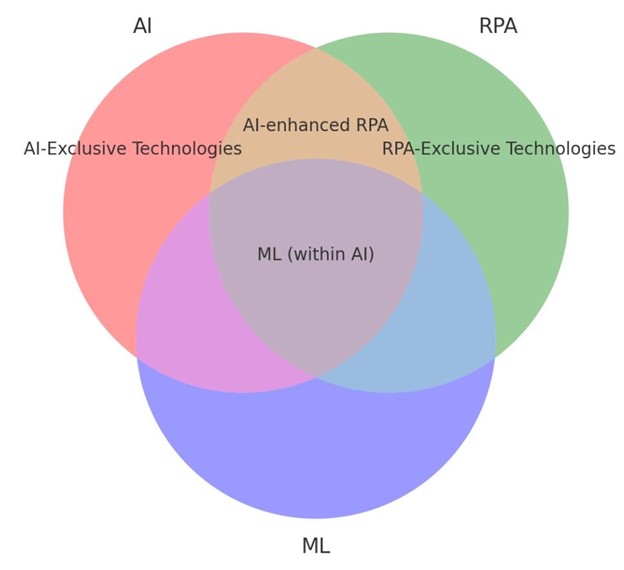I aim to develop a series of articles discussing 2023's hottest topic in artificial intelligence: foundational technologies and understandings, personal and fun use cases dating back to 2002, critical digital transformation successes at the Department of Housing and Urban Development (HUD) from 2018 to 2021, concerns about Humans vs Machines, security, and privacy, as well as recommendations and paths forward. This series is also a reflection of my personal and continuous learning journey that I'd like to share.
As we explore the realm of digital transformation, understanding the core technologies driving this change from a business application perspective (non-super technical) is crucial: Artificial Intelligence (AI), Machine Learning (ML), and Robotic Process Automation (RPA). The concepts and operations of these technologies have been around for years.

Artificial Intelligence (AI):
AI simulates human intelligence and language in machines. These intelligent machines are designed for tasks typically requiring human intelligence, such as visual perception, speech recognition, decision-making, and language translation. AI can be narrow, focusing on specific tasks like facial recognition or internet searches, or general, which is more theoretical and involves machines with abilities indistinguishable from human intelligence.
Machine Learning (ML):
A subset of AI, ML develops computer programs that access data and learn from it autonomously. ML algorithms are used in diverse applications, from recommending movies on streaming services and determining mortgage loan qualifications to predicting consumer buying behaviors and detecting fraud.
Robotic Process Automation (RPA):
RPA automates repetitive, rule-based daily tasks. Organizations use RPA tools to configure software robots or 'bots' for processing transactions, manipulating data, triggering responses, and communicating with digital systems. RPA's efficiency in executing tasks across various systems boosts organizational efficiency and frees human employees from mundane tasks.

The integration of AI, ML, and RPA in enterprise systems is more than just technological advancement; it's about fundamentally transforming our approach to problem-solving and decision-making. By leveraging these tools, personal and professional entities, or organizations like HUD, can become more agile, efficient, and forward-thinking, leading the way in digital transformation.
Stay tuned for the rest of the series.

